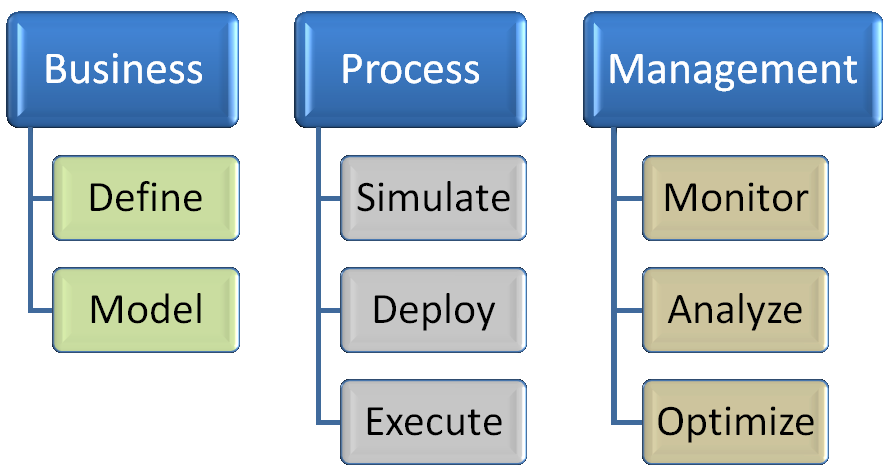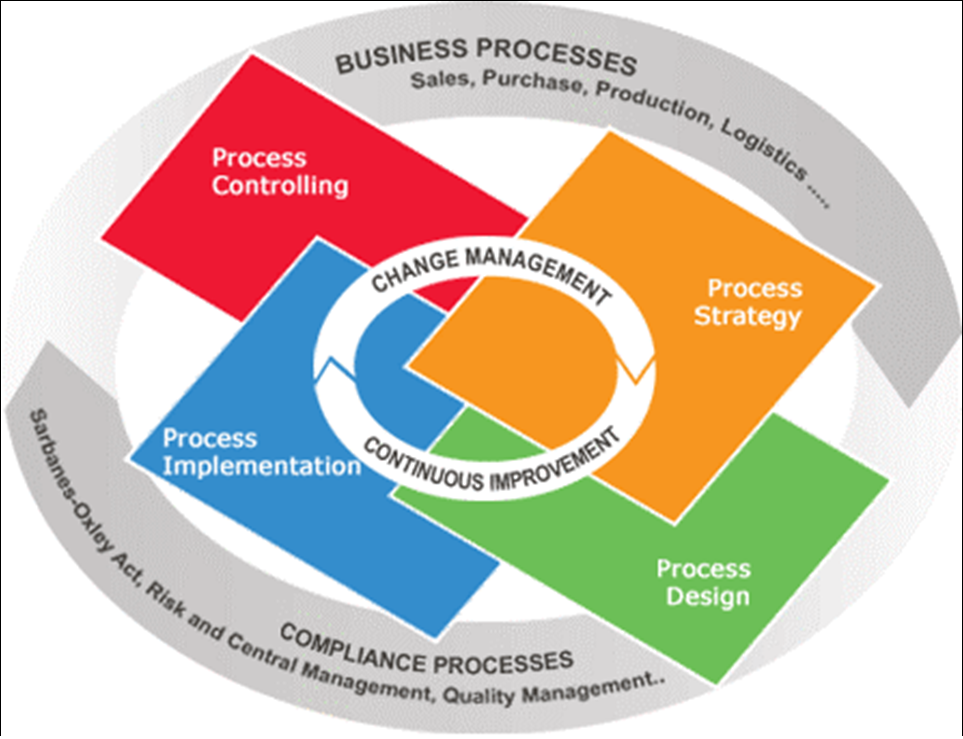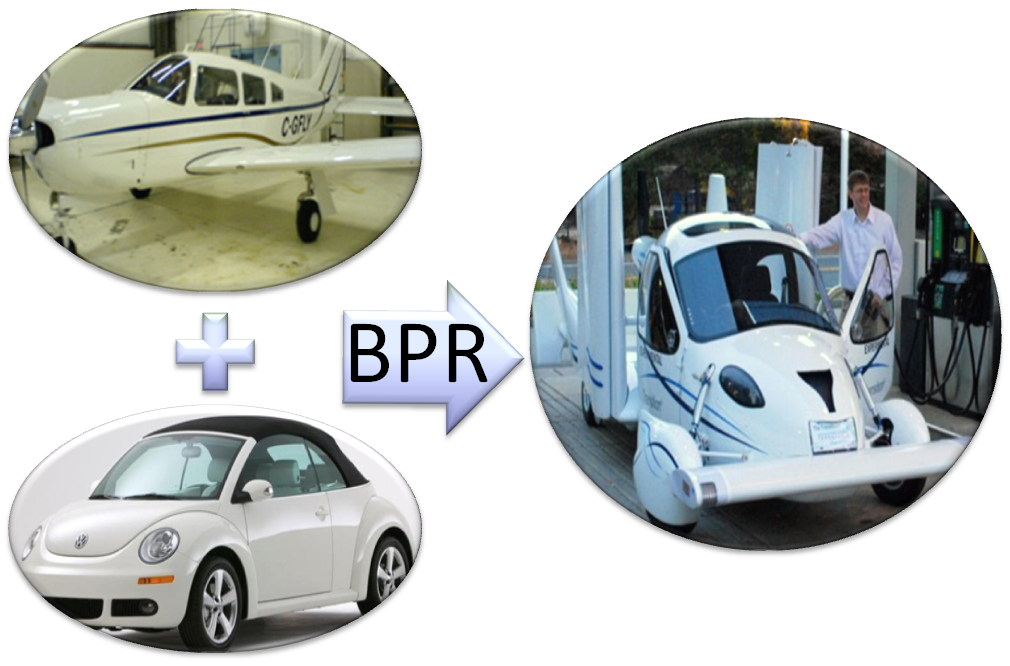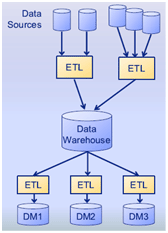Main
Business Process Re-engineering
Business Process Modeling
 Business processes (BP) are at the heart of what makes or breaks a business, and what differentiates it from the competition. Business processes that deliver operational efficiency, business visibility, and agility give the enterprise the edge by enabling it to conduct business in a low cost, dynamic way, and to see change as an opportunity.
Business processes (BP) are at the heart of what makes or breaks a business, and what differentiates it from the competition. Business processes that deliver operational efficiency, business visibility, and agility give the enterprise the edge by enabling it to conduct business in a low cost, dynamic way, and to see change as an opportunity.
Business Process Management (BPM) refers to set of activities that are applied to redesign/alter/implement/measure/automate and manage Business Processes and their associated activities, in order to optimize the Business Processes to meet business, operational and organizational changes. Effectiveness of the BPM has direct bearing on the very success of the business, hence Business Processes need to precisely reflect & follow the business model. Mere act of documenting business processes alone will notably improve organizational efficiency.
 BPM should not be a onetime exercise. It should involve a continuous evaluation of the processes and include taking actions to improve the total flow of processes. The steps that can be recognized in BPM are:
BPM should not be a onetime exercise. It should involve a continuous evaluation of the processes and include taking actions to improve the total flow of processes. The steps that can be recognized in BPM are:
- Analyze
- Re-design and model
- Implement
- Monitor
- Manage
- Automate
In times of crisis, to improve cost efficiency, businesses use BPM as an effective methodology to ensure process efficiency and effectiveness. BPM enable businesses to identify and keep in-house the highly profitable and core business activities, while outsourcing (BPO) the non-core and least profitable activities, thus maximize the ROI and optimizes the quality and service levels to its customers.
Our consultants can help streamline your business processes and operations; and we offer following services.
- Deploy various methodologies to analyze the business, supporting processes and IT systems
- Map your business processes, workflows, data flows and people - process interactions
- Design, recommend changes & solutions
- Ensure business functionality adherence and regulatory compliance
- Realize operational efficiencies, control variability, costs and cycle-time
- Configuration & Change Management; Production Implementation and support


M&A, demergers, regulatory compliance, change in business goals, implementing radical innovations & changes, and need for higher performance often can't be accomplished by incremental BPM, but by a complete overhaul of Business Processes and the IT systems. Such nature of drastic change in the Business Process is called Business Process Re Engineering (BPR), which usually brings the Business Processes to the chop block where many of its activities and supporting IT systems are eliminated, replaced, upgraded, and reorganized. While BPM deals with continuous incremental improvements, BPR's focus is on discontinuous overhaul of Business Processes often using IT. BPR Starts from the future and work backwards, driven by vision, whereas BPM starts from present and work forwards.
 BPR Example: Many US Regional Banks used to have capacity to host their Legacy Banking Apps with the local data processing capability on their own. Due to the above listed reasons, many such banks have abandoned their legacy systems, and outsourced (BPO) the data processing to third party. It required banks to re-engineer their information flow and IT processes to enable them to focus on their core strengths. BPR in this case not only drastically improved the business performance, bank stock price, but also transformed the business culture and other dynamics.
BPR Example: Many US Regional Banks used to have capacity to host their Legacy Banking Apps with the local data processing capability on their own. Due to the above listed reasons, many such banks have abandoned their legacy systems, and outsourced (BPO) the data processing to third party. It required banks to re-engineer their information flow and IT processes to enable them to focus on their core strengths. BPR in this case not only drastically improved the business performance, bank stock price, but also transformed the business culture and other dynamics.
Contact us to know more about how a Business Process Re-engineering could be applied to your actual situation.
Business Process Modeling (BPM) is the activity of representing business processes of an enterprise, so that the current process may be analyzed and improved. It involves representing the business functions, activities and supporting information flows in the form of context diagrams, process flow diagrams and data flow diagrams & pseudo code. It is used to improve quality and process efficiency.


